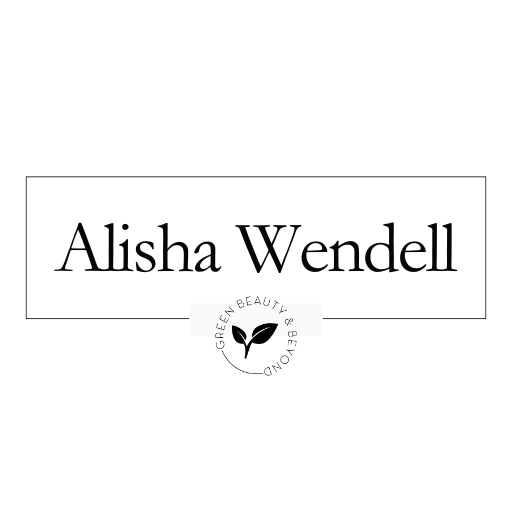Is This Really Natural? Let’s Talk Labels, Loopholes & Learning the Truth
It always starts with a simple question:
“Are your products FDA regulated?”
I get this one a lot. And when I answer honestly, “No, but neither are most of the brands you see on store shelves” I usually get a wide-eyed stare, followed by a stunned, Wait…what?!
Yep. That $50 anti-aging moisturizer promising to make you glow like a goddess and erase a decade?
Not FDA regulated.
That “natural” eye cream claiming to smooth every fine line and lift your spirit too?
Also, not regulated.
Here’s the truth most people don’t know: the cosmetics industry in the U.S. is shockingly under-regulated.
What Does “FDA Regulated” Even Mean?
Let’s break it down:
The FDA doesn’t approve cosmetics before they hit the market (unless they contain color additives). That means brands can make big promises, use marketing buzzwords like “clean,” “natural,” or “organic,” and you, the consumer, are left trusting what’s written on the label, often without the full story.
Now, to be fair, there have been some recent changes. In December 2022, the Modernization of Cosmetics Regulation Act (MoCRA) was passed, finally updating federal cosmetic laws for the first time since 1938.
But even with this improvement, enforcement is still limited. Brands still don’t have to fully disclose what’s in their fragrance. Many terms (like “natural” or “non-toxic”) still have no standard definition. And loopholes? They’re everywhere.
Let’s Talk Label Tricks (So You Don’t Fall for Them)
You don’t need to become a chemist to make safer choices, but knowing a few of the most common label traps can make all the difference:
“Made with natural ingredients.”
Sounds great, right? But often, that just means some of the ingredients are natural, like maybe water (which is technically natural). The rest could be synthetic, harsh, or filled with hidden fragrance blends.
“100% organic” or “natural.”
Look closely, sometimes that refers to one ingredient, not the whole product. A company might highlight a single organic oil while the rest of the ingredients are anything but clean.
Fragrance labeling games.
This one is big. Many brands will say “scented with sandalwood, jasmine, ylang ylang…” but pure essential oils are expensive. If you’re buying a $5 bar of soap, chances are, that lovely scent is mostly synthetic, with just a drop of the real thing for marketing flair.
And here’s the kicker: companies don’t have to disclose what’s actually in their fragrance blend. “Fragrance” is legally considered a trade secret.
“Derived from natural coconut oil.”
Sounds harmless, but often by the time the ingredient is processed, separated with petrochemicals, and turned into a synthetic foam booster or emulsifier, it’s far from its coconut origins. This is classic greenwashing.
So What Can You Actually Trust?
Start simple. Flip that bottle over and read the ingredient list, don’t just trust the front of the label.
Still feel overwhelmed? You’re not alone. That’s why I created Green Beauty and Beyond to help busy women like you learn what matters without the stress. We break things down, keep it real, and share swaps that feel doable, not drastic.
You can also plug ingredients into trusted resources like:
EWG’s Skin Deep Database
INCI Decoder
These sites can help decode those long, hard-to-pronounce names and show you what’s safe and what’s not-so-safe.
You Deserve Better
You shouldn’t need a science degree or three hours of research time just to buy safe skincare.
But until labeling laws catch up, being an informed shopper is one of the best things you can do.
And here’s the good news: you don’t have to do it alone.
I’m here cheering you on, sharing what I’ve learned as a low-tox, label-reading, product-loving mama who’s been exactly where you are—overwhelmed but ready for better.
Small changes, friend. They really do add up.
Come hang out with us in Green Beauty and Beyond and let’s take the confusion out of clean living—together.

Leave a Reply